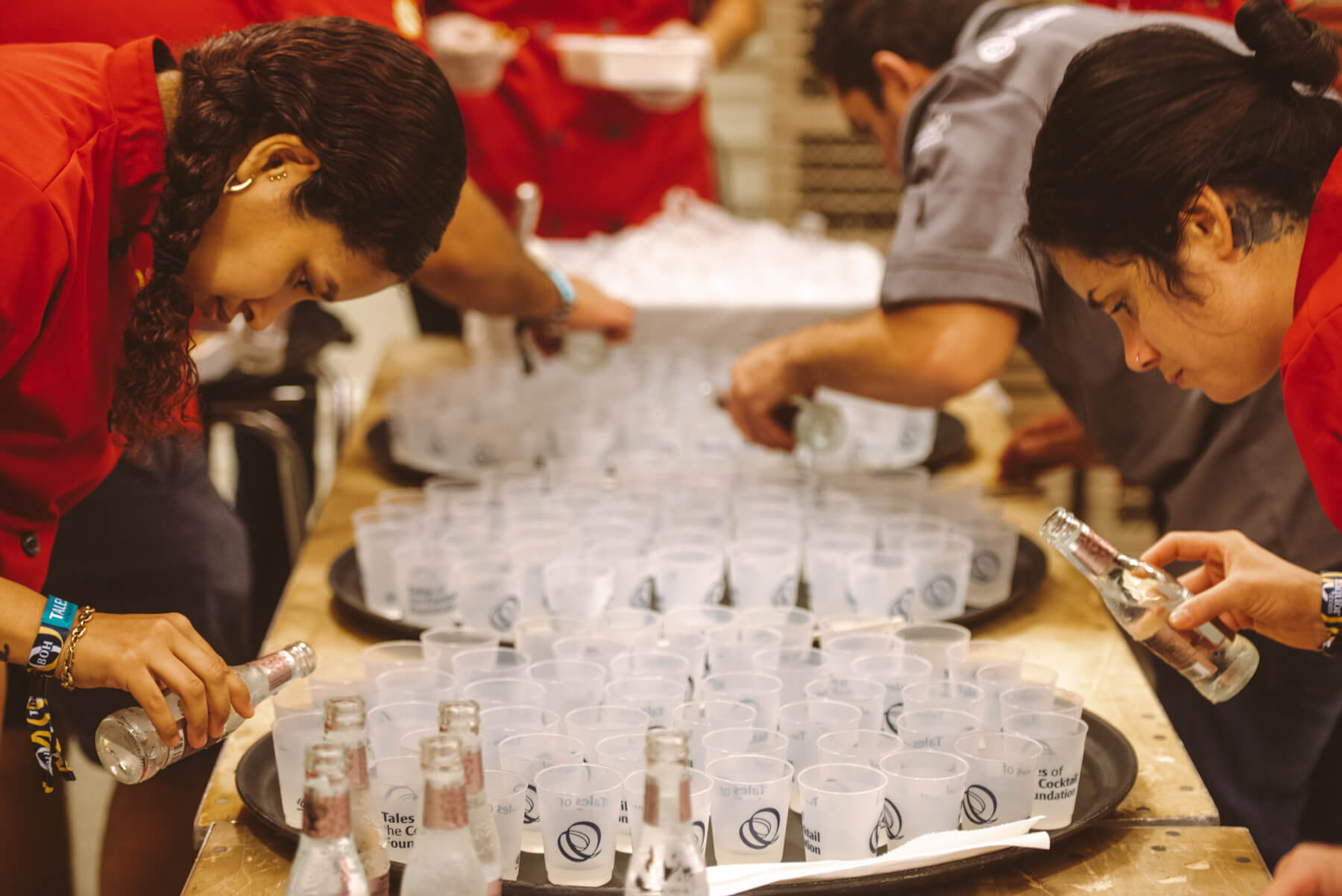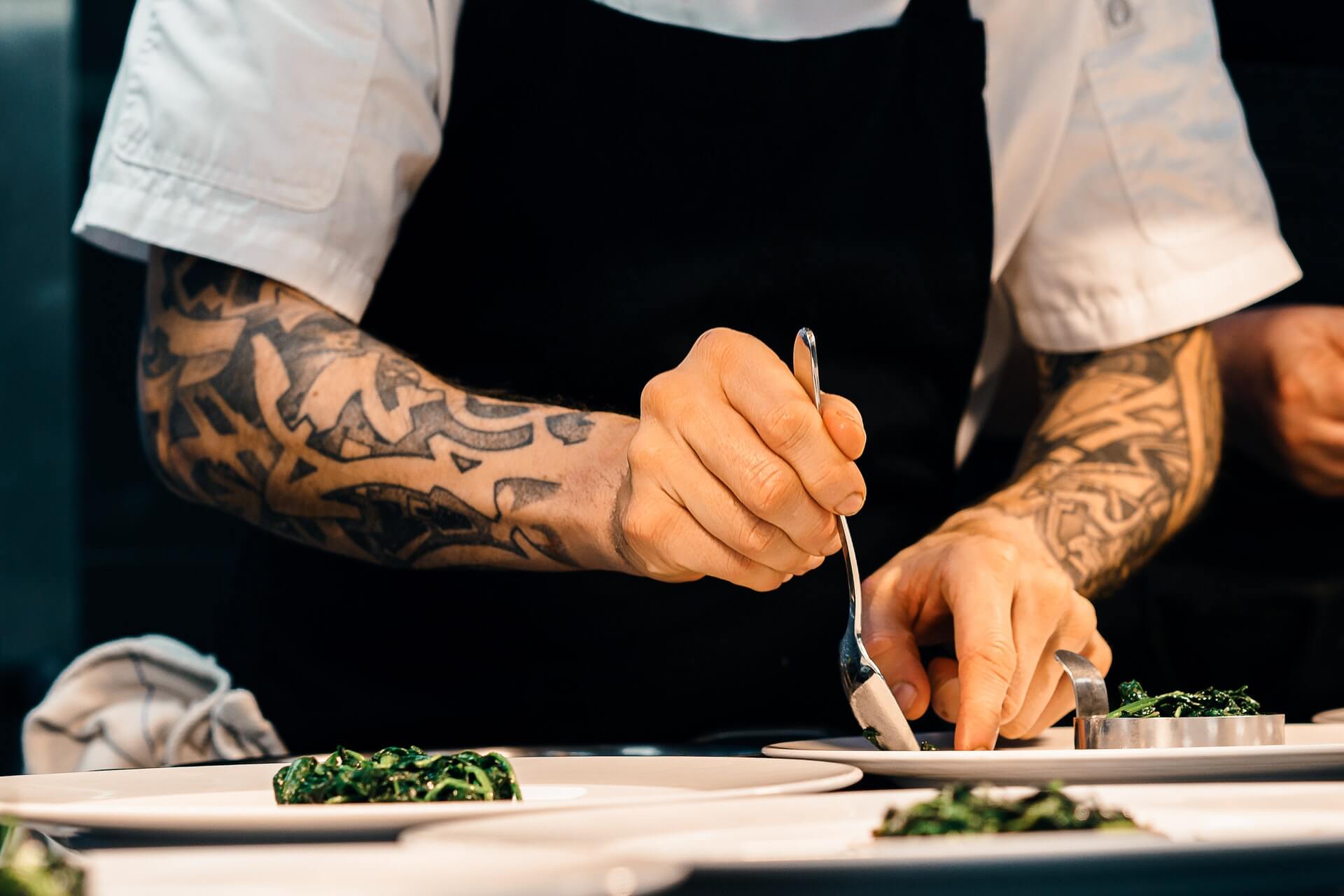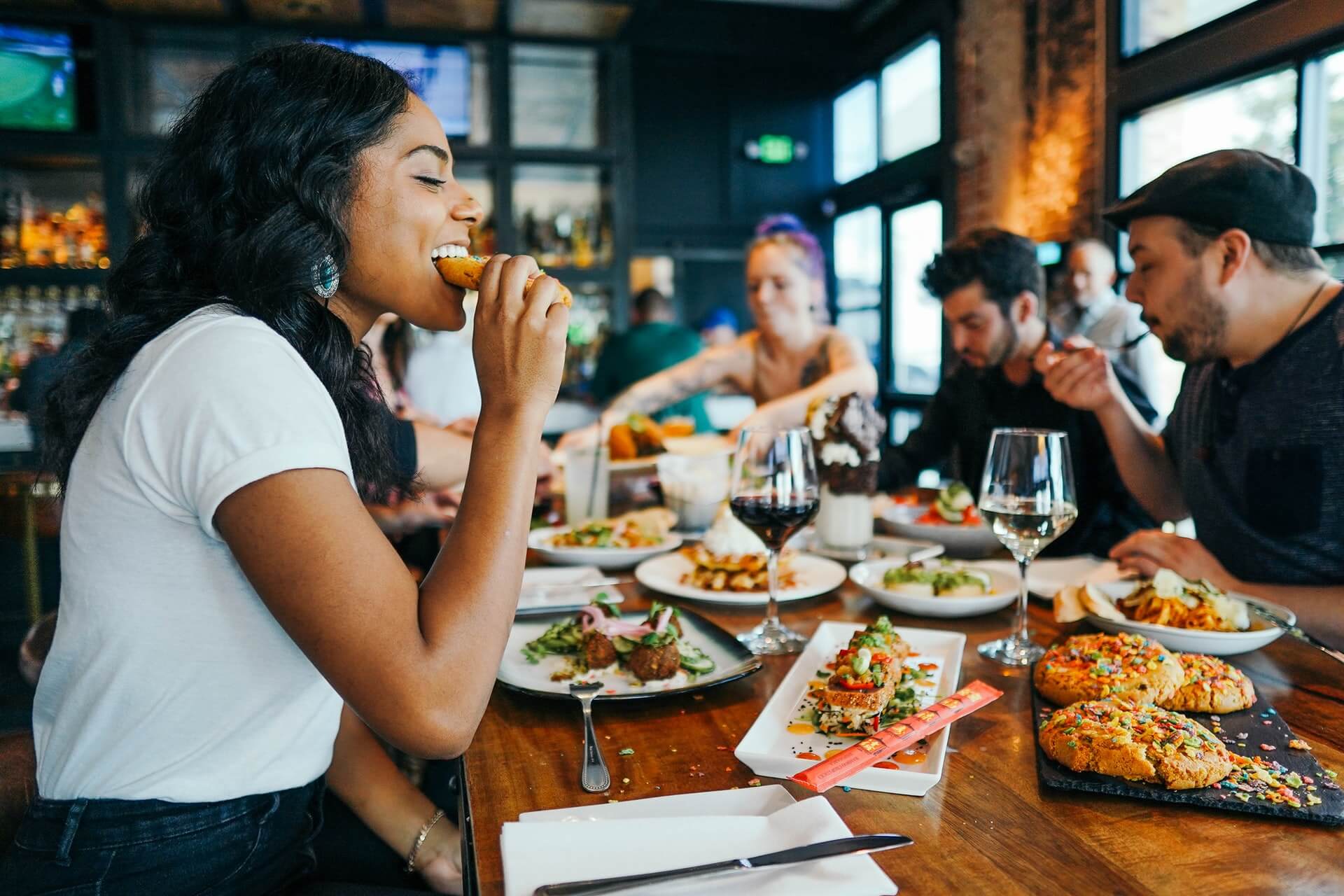2022 50 Best Bars: North America
by David Klemt

Probably a speakeasy.
The World’s 50 Best Bars ranking for North America is official and the bars are, of course, extraordinary.
Unsurprisingly, much of the list consists of “household” names in our industry. Now, where some people may see a list of the “cool kids,” I see something different.
In a word, consistency. Sure, the more cynical among us roll their eyes at rankings and awards.
However, I see approaches to operations, service, menu and design innovation, and guest experiences to learn from and emulate.
Would I like to see bars in markets outside of the usual suspects on these lists? Absolutely. As so-called secondary and tertiary markets develop their scenes that may start to happen more often.
So, congratulations to this year’s 50 Best Bars in North America! Cheers!
Canada
This year, the second-largest country in the world claims eight of North America’s 50 best bars. One bar is in the top ten.
As Ontario’s capital and Canada’s most-populous city, it should come as no surprise that Toronto takes four spots. Bar Mordecai is number 47, Bar Raval is 41, number 38 is Mother, and Civil Liberties is tenth.
It’s a bit surprising to see just one bar from Vancouver—number 25, The Keefer Bar—but Montréal has two venues on the list. The Cloakroom Bar is number 45 and 29 is El Pequeño Bar.
Bar Kismet, in Halifax, Nova Scotia, is sitting in the 49th spot on the 2022 North American list.
America
Impressively, the US boasts 30 of North America’s 50 Best Bars, six of which are in the top ten. Intriguingly, ten of the bars on this list were ranked on the World’s 50 Best Bars last year.
As one would assume, New York City dominates the 2022 rankings. Eleven bars are on the list, with the number one spot going to Attaboy. Congratulations to Michael McIlroy and Sam Ross, their teams, and their partners. Katana Kitten is number four, and Dante earns the eighth spot on the list.
Moving to the south, two bars on the list are in Miami: Broken Shaker (32) and Sweet Liberty (14). Heading northwest, Kumiko in Chicago is in the top ten at number five.
On the other side of the country, Los Angeles claims three spots, one in the top ten. Genever holds number 50, Death & Co. is 34, and Thunderbolt is ninth. The Bay Area has two bars on the list. ABV in San Francisco is number 39 and Oakland’s Friends and Family is in the 33 spot.
Somewhat surprisingly, Las Vegas and New Orleans each have just one bar in the rankings. One of my personal favorites, Herbs & Rye, is number 28 on the list. Jewel of the South in NOLA is in the top half of the list, holding number 24.
In San Juan, Puerto Rico, the beloved La Factoría is twelfth on the list.
Mexico
Achieving 11 spots—three in the top ten—Mexico is crushing it this year. Remarkably but not surprisingly, the three bars in the top ten are all in Mexico City.
Baltra Bar earns number nine, and Handshake Speakeasy and Licorería Limantour are second and third, respectively. Overall, Mexico City boasts six bars on this list.
Two spots are in Oaxaca: Selva, which is number 22, and Sabina Sabe, number twenty.
Arca, number 37, is in Tulum. Number 21, El Gallo Altanero, is in Guadalajara. And Zapote Bar in Playa del Carmen almost breaks the top 10, coming in eleventh.
Cuba
The legendary El Floridita grabs Cuba’s only entry on the 2022 list.
Impressively, El Floridita can trace its opening to the early 1800s. Originally, the space was La Piña de Plata. About a century later, a bartender, Constantino “Constante” Ribalaigua Vert, became the owner and changed the name.
Oh, and he just so happens to be the inventor of the frozen Daiquiri. Along with its impressive history, El Floridita also has an awesome statue with its own seat at the bar. Ernest Hemingway is immortalized in bronze.
50 Best Bars: North America
Below, the full list in ascending order.
- Genever (Los Angeles, CA)
- Bar Kismet (Halifax, Nova Scotia)
- Teardrop Lounge (Portland, OR)
- Bar Mordecai (Toronto, Ontario)
- Julep (Houston, TX)
- Cloakroom Bar (Montréal, Québec)
- Bitter & Twisted (Phoenix, AZ)
- Clover Club in (New York, NY)
- Bar Leather Apron (Honolulu, HI)
- Bar Raval (Toronto, Ontario)
- El Floridita (Havana)
- ABV (San Francisco, CA)
- Mother (Toronto, Ontario)
- Arca (Tulum, Quintana Roo)
- Death & Co (Denver, CO)
- Mace (New York, NY)
- Death & Co (Los Angeles, CA)
- Friends and Family (Oakland, CA)
- Broken Shaker (Miami, FL)
- The Dead Rabbit (New York, NY)
- Employees Only (New York, NY)
- El Pequeño Bar (Montréal, Québec)
- Herbs & Rye (Las Vegas, NV)
- Overstory (New York, NY)
- Dear Irving (New York, NY)
- The Keefer Bar (Vancouver, British Columbia)
- Jewel of the South (New Orleans, LA)
- Amor y Amargo (New York, NY)
- Selva (Oaxaca de Juárez, Oaxaca)
- El Gallo Altanero (Guadalajara, Jalisco)
- Sabina Sabe (Oaxaca de Juárez, Oaxaca)
- Raised by Wolves (San Diego, CA)
- Service Bar (Washington, DC)
- Double Chicken Please (New York, NY)
- Hanky Panky (Ciudad de México)
- Café de Nadie (Ciudad de México)
- Sweet Liberty (Miami, FL)
- Kaito del Valle (Ciudad de México)
- La Factoría (San Juan)
- Zapote Bar (Playa del Carmen, Quintana Roo)
- Civil Liberties (Toronto, Ontario)
- Thunderbolt (Los Angeles, CA)
- Dante (New York, NY)
- Baltra Bar (Ciudad de México)
- Café La Trova (Miami, FL)
- Kumiko (Chicago, IL)
- Katana Kitten (New York, NY)
- Licorería Limantour (Ciudad de México)
- Handshake Speakeasy (Ciudad de México)
- Attaboy (New York, NY)
Image: Hello I’m Nik on Unsplash








